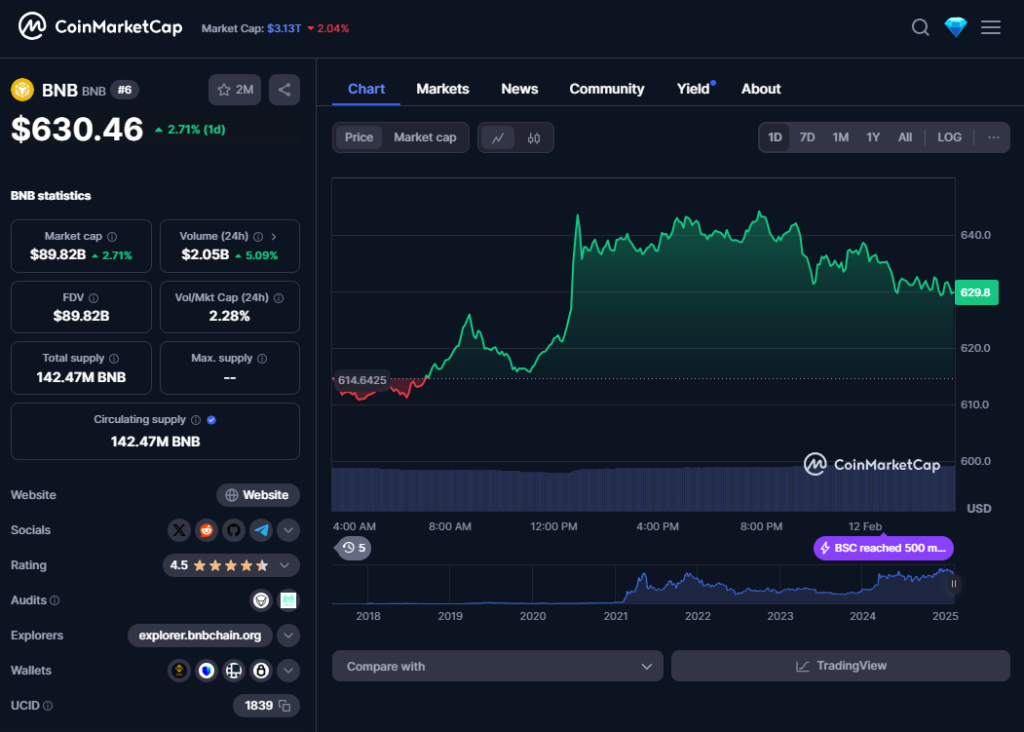- Binance denied selling assets, stating recent balance sheet changes were internal treasury adjustments.
- Crypto reserves like Bitcoin and Ethereum dropped sharply, but Binance’s USDC holdings surged by over $1 billion.
- Analysts confirm the asset shift involved past revenue, not customer funds, with BNB seeing the smallest reduction.
Binance has pushed back against speculation that it’s offloading assets, asserting that recent balance sheet changes are just internal treasury adjustments—not liquidations.
On February 11, the exchange clarified to CryptoSlate that there were no asset sales involved. Instead, the fluctuations seen on-chain were part of a routine accounting process.
A Binance spokesperson stated:
“Binance is not selling assets. This was simply an adjustment in the Binance treasury’s accounting process. User funds are SAFU, as always.”
Yet, rumors about Binance dumping its holdings had already spread across social media platform X. The speculation started after data showed a sharp 90% decline in its Bitcoin and Ethereum reserves throughout January.
Asset Reshuffling, Not Liquidation
Crypto analyst AB Kuang Dong weighed in, explaining that the shifting assets weren’t customer funds but rather past revenue Binance had generated. A large chunk of these holdings had reportedly been converted into USDC, with Binance Coin (BNB) experiencing the smallest reduction—down just 16.6%.

A CryptoSlate review of Binance’s proof-of-reserves confirmed the trend. On January 1, Binance showed a sizable asset surplus beyond the 100% customer guarantee threshold. Major cryptocurrencies were heavily collateralized, with double-digit percentage buffers.
However, by February 1, the situation looked different. The excess collateral had shrunk considerably, with some assets barely maintaining 0.01% in surplus. Only BNB remained relatively strong, retaining 12.37% in extra collateral.
USDC Holdings Surge Amid Reserve Changes
Despite the declining crypto reserves, Binance’s USDC holdings told a different story. Over the same period, its USDC balance surged by more than $1 billion, bringing its collateralization rate past 40%.
This shift in Binance’s reserve makeup suggests a strategic reallocation rather than panic selling. While some traders remain skeptical, others see it as a sign of Binance reinforcing stability in a volatile market. Either way, the numbers don’t lie—Binance is moving money, just not in the way many had assumed.














